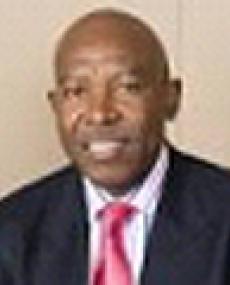
member of the African National Congress, accountant and economist
Lesetja kganyago was born in Alexandra Township, Johannesburg, in Gauteng Province in 1965. At the age of five, he moved to Northern Province, now known as Limpopo province, with his mother. Kganyago matriculated at Pox College in Pietersburg, now known as Polokwane, and returned to Gauteng province at the age of 18 to study commerce at the University of the Witwatersrand (Wits), but he did not complete his commerce degree at Wits University.
He then enrolled at University of South Africa (UNISA) to continue with his commerce degree. In 1991, he completed his Bachelor of Commerce degree in accounting and economics with UNISA. He continued with his study and studied masters degree in development economics at the University of London’s school of Oriental and African studies where he completed it in 1994.
In addition to his qualifications, he had done training in finance, economics and management through the Wits Business School and Harvard University, as well as macroeconomic management at University of the Western Cape (UWC). He is the Father of three children.
He started his career as an accounting clerk at First National Bank (FNB). He served as an accountant for the African National Congress (ANC) in the Limpopo province. He also served as an economics coordinator for Congress of South African Trade Unions (Cosatu). In 1996, he joined the South African National Treasury Department. He served as the director of international commercial financing at the National Treasury from 1996 to 1998, and then served as a chief director of liability management. He served as the deputy director general from 2004 to 2011 for the National Treasury. On 16 May 2011, he was appointed deputy governor of the South African Reserve Bank (SARB).
Kganyago has a wide-range experience in macroeconomic policy formulation, financial sector policy, public sector, international finance, public debt management and financial markets. He played a leading role in the fundamental reform of the microstructure of domestic bond markets such as the reform to the auction system and the introduction of new financial instruments such as inflation-linked bonds, buy-backs, switches and strip financing.
He led South Africa’s technical team to various Groups of 20 ministers of finance and governors meeting internationally. He represented South Africa in the international organisations such as World Bank, International Monetary Fund (IMF) and the African Development Bank.
On 6 October 2014, President Jacob Zuma appointed him as the new governor of the South African Reserve bank to succeed Gill Marcus whose term ends on 8 November 2014.
Kganyago will assume his duties as governor as of 9 November 2014.